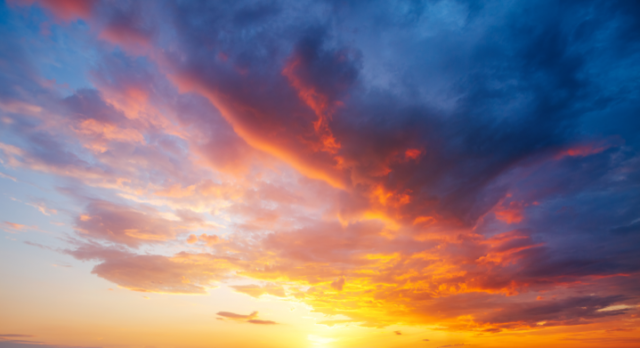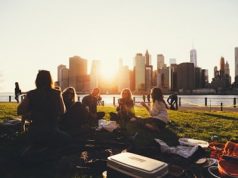Brock Washington encourages anyone ready to take the next step in their photography hobby to invest in a good camera. There are cameras designed for professionals that could break the bank, but there are also reasonably priced DLSR and mirrorless cameras available. The photography community has countless YouTube videos on the subject, but Brock Washington suggests that everyone should be able to find a quality camera that matches their budget. Many people shoot landscape photographs on their smartphones. While it’s true that the modern smartphone has come a long way in terms of the quality level of landscape photographs, they still don’t rival the DLSR and mirrorless cameras that are on the market for landscape photographers.
The biggest reason phones can’t compete with higher-level cameras is that they cannot capture as wide of a shot as a modern camera. This is a critical component of landscape photography. Brock Washington recommends walking out of the camera store with a wide-angle lens designed to pair with the camera. As a photographer starts to acquire higher-level equipment, they must provide it with a higher level of care. The lenses on these cameras are incredible, but they are sensitive. Brock Washington notes that his best landscape photography shots are captured in the elements. It’s essential to have the proper lens cleaning tools on hand. Once again, the online photography community is a great resource. Many videos are made explicitly for photographers looking to learn how to clean their lenses properly.
Apart from a camera, Brock Washington notes that the next step in the landscape photography journey is to equip oneself with a sturdy tripod. Some tripods are built to provide a steady surface, even on rocky terrain. This won’t be as important if a photographer only shoots from the street. Still, if one hopes to advance to taking photographs from hiking trails or along the water, one should consider a tripod that can withstand the elements. Brock Washington recommends looking for spiked feet or rubber overshoes. These tripods can handle everything from rocks to sand and gravel.
While Brock Washington has spent much of this article talking about equipment, nothing is more important than practice. No landscape photographer has ever improved without putting in hours taking pictures. Most modern cameras will do much of the novice photographer’s work. However, those who are looking to truly improve their craft should start by shooting photographs in manual mode. Manual mode is where the true skill set of a photographer can improve as they can manually adjust the shutter, aperture, and ISO. Through trial and error, Brock Washington notes that a photographer can start to notice how shutter speed impacts the amount of light in the lens or how adjusting the ISO level can impact the camera’s sensitivity to the light outside. Brock Washington recommends jotting down notes when specific settings work, as they can be replicated in the future. It won’t be long before a photographer finds settings that work best for certain times of the day.
Most landscape photographers will look to shoot their photos right before sundown or right after sunrise. Most in the photography community call these times the golden hour. Still, there’s value in shooting at all hours of the day, as the unique position of the sun will always provide a new challenge for a photographer to conquer.
Once a photographer is happy with their manual mode skills, Brock Washington recommends giving filters a shot. The good news is there are only two filters to conquer – the polarizing filter and the neutral density filter. The polarizing filter is there to help photographers manage reflections and fight off issues with glare. This filter is a big reason landscape photography can so closely resemble seeing a landscape in person.
With the neutral density filter, it helps to gauge the amount of light entering a lens. It can slower the shutter speed to a precise speed to ensure ISO levels increase without impacting the quality of the image. While utilizing these filters would overwhelm a beginner, Brock Washington recommends turning to them once a photographer grows more confident in their skills.









